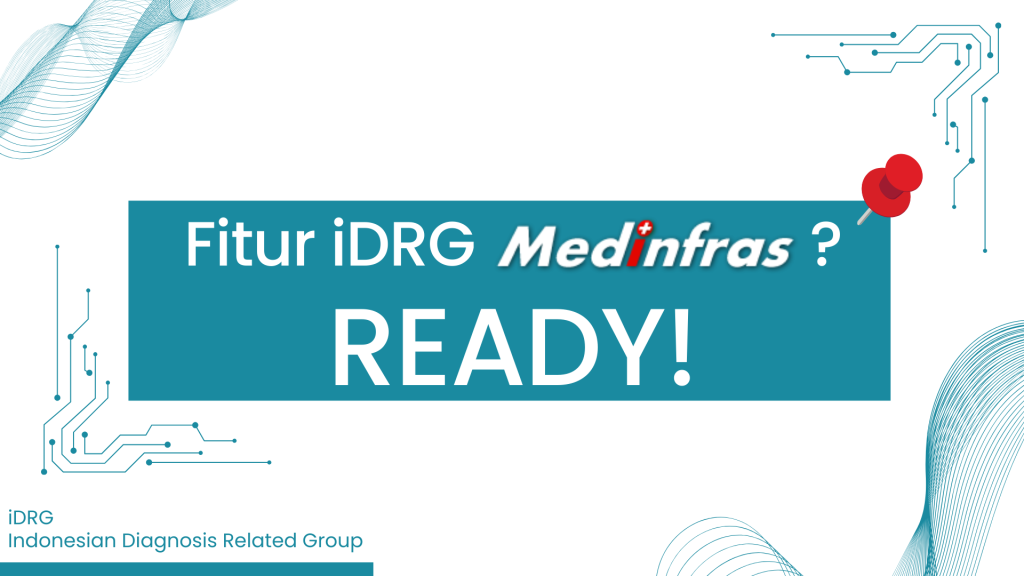iDRG (Indonesian Diagnosis Related Groups) is a patient case classification system based on diagnosis, medical procedures, age, comorbidities, and length of stay. It is used to determine healthcare service tariffs paid by BPJS Kesehatan to hospitals, replacing the previous INA-CBGs system.
With iDRG, each patient case is grouped into categories that share similar resource usage levels. The goal is to create an output-based payment system, rather than one based solely on input costs or service volume.
Previously, Indonesia used the INA-CBGs system, which grouped cases based on the primary diagnosis. However, it was considered insufficiently granular and not adaptive enough to medical technology advancements or patient outcomes. iDRG improves upon this with a more complex and detailed classification structure, inspired by successful models in countries like South Korea and Australia—where inpatient costs have decreased and service efficiency has improved.
Evolution of iDRG Includes:
- Addition of MDC (Major Diagnostic Category)
- Grouping based on severity and complexity
- Integration with electronic medical records and BPJS e-claims
Strategic Benefits of iDRG Implementation:
- Cost Efficiency: Service tariffs are more measurable and based on clinical data
- Claim Transparency: Structured claim processes with minimal manipulation
- Improved Medical Data Quality: Encourages more accurate medical recordkeeping
- National Standardization: Unifies claim formats and case grouping across healthcare facilities
- Outcome-Based Payment: Shifts hospital focus toward treatment results rather than service volume
For hospitals, iDRG is not just a claim system—it’s a comprehensive transformation in service management. Key impacts include:
- Changes in information systems and SIMRS integration with the iDRG grouper
- Reduced BPJS claim rejection rates due to automatic validation
- Claim preparation time reduced from 7 days to just 2 days in some hospitals
- More accurate financial monitoring and claim audits
- HR Challenges: Intensive training required for coders and claim teams to understand ICD standards and iDRG mechanisms
A successful example of iDRG implementation can be seen in the collaboration between Medinfras and RS ST. Elisabeth Semarang. The process began when the hospital submitted a trial request for the iDRG system to the Ministry of Health. Upon approval, RS ST. Elisabeth received intensive training and socialization on the iDRG-based e-claim mechanism as part of its technical and operational preparation.
The E-Claim feature in Medinfras SIM-RS has become a flagship tool frequently used by Casemix users at RS ST. Elisabeth Semarang. With the emergence of the iDRG system, the hospital was eager to become a pilot site for the transition from INA-CBGs to iDRG under BPJS Kesehatan. Together with the Medinfras team, RS ST. Elisabeth initiated the development of the iDRG feature.
Currently, the system has entered the User Acceptance Test (UAT) phase, aimed at evaluating its alignment with operational needs and applicable claim standards. This reflects PT Quantum Infra Solusindo’s commitment to ensuring that the iDRG e-claim bridging system meets the required standards of quality, efficiency, and integration for hospitals.
This case study demonstrates that with a collaborative, responsive, and needs-based approach, digital transformation in healthcare claim systems can be implemented effectively and sustainably.
Source :
- https://www.healthical.id/menuju-standar-nasional-pelayanan-kesehatan-mengenal-idrg-dalam-sistem-klaim-bpjs/
- https://123dok.com/id/docs/konsep-transformasi-idrg-dalam-pembiayaan-pelayanan-kesehatan-indonesia.12307336
- https://ekonomi.bisnis.com/read/20250807/45/1900281/opini-sistem-idrg-di-tengah-potensi-inflasi-medis





